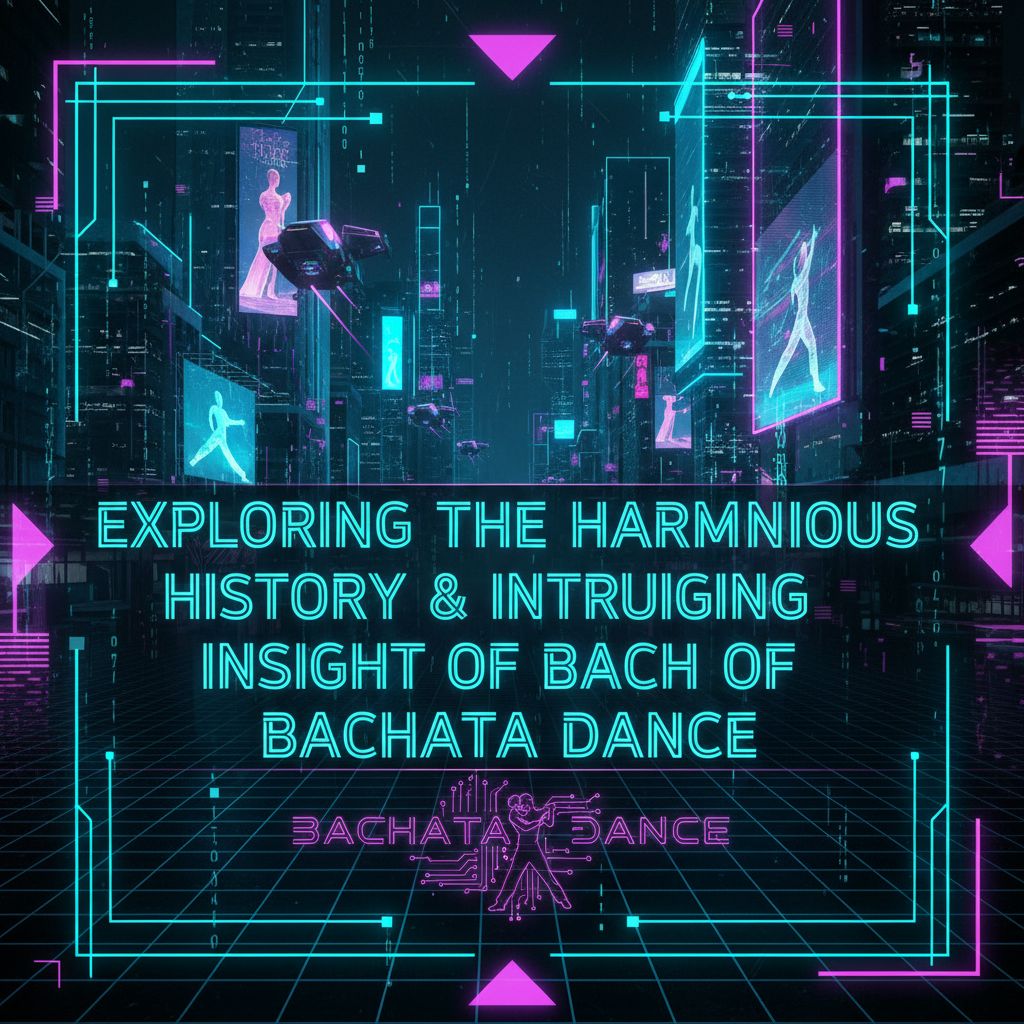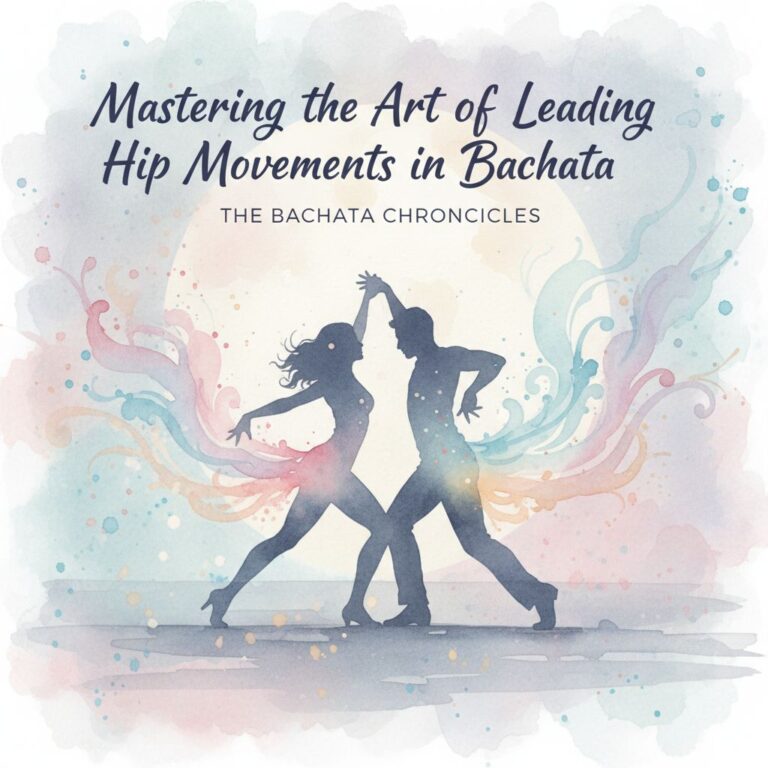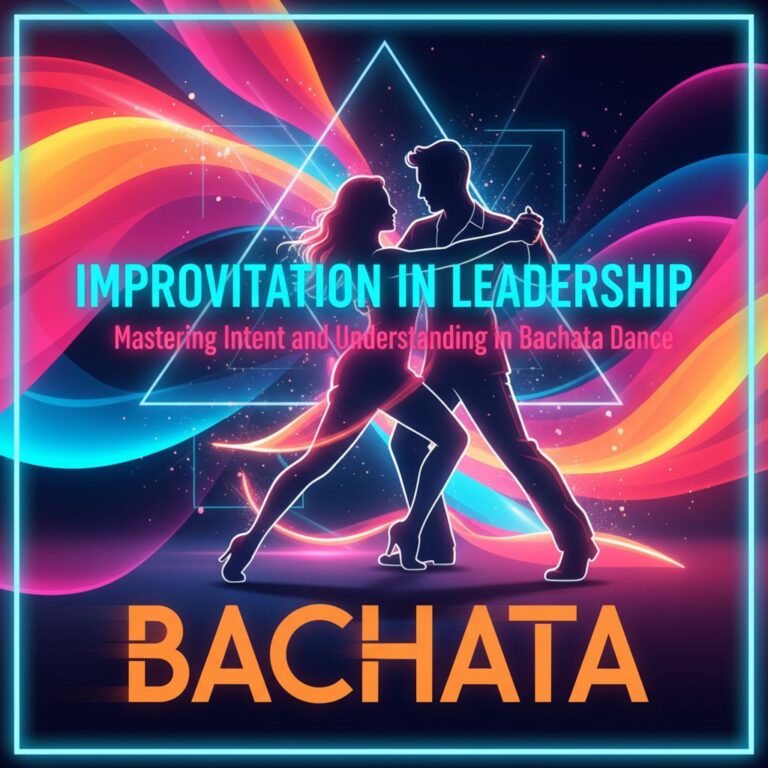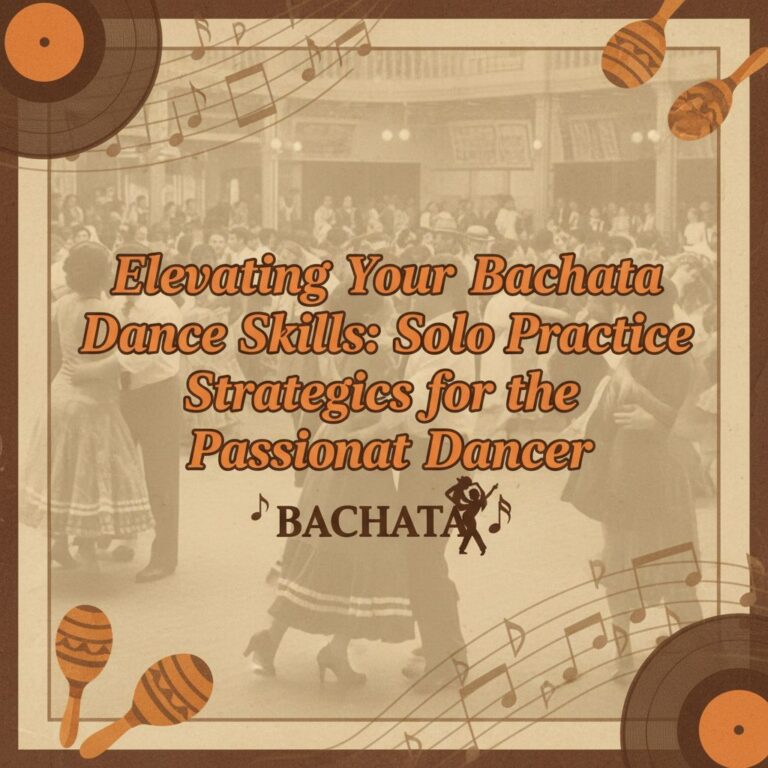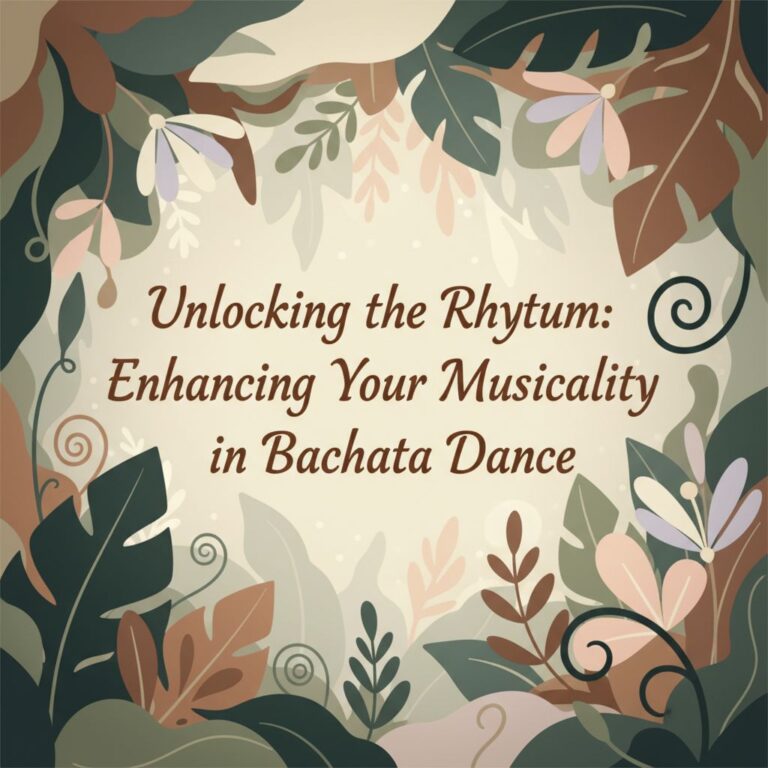A Journey Through the Rhythmic Roots of Bachata
In my exploration of the dynamic world of dance, the captivating history and vibrant culture of Bachata have always held a special place in my heart. Often regarded as a dance of the people, Bachata emerged from humble beginnings, embraced by those who found joy and liberation in its expressive movements.
In its early stages, it was indeed considered a “poor man’s dance,” a term coined due to its roots in the rural parts of the Dominican Republic. However, this did not dampen the spirit of Bachata; rather, it fuelled its growth, pushing it to evolve into a dance style that’s now celebrated worldwide.
Unraveling the Famous Figures of Bachata
The Tale of Two Anthony Santos
A fascinating fact that always tickles my curiosity is the anecdote of two renowned Bachata artists who share the same name – Anthony Santos. While one Anthony Santos was a prominent figure in the Bachata scene of the 90s, the other, commonly known as Romeo Santos, entered the scene in the 2000s.
Romeo, originally named Anthony, had to change his name to distinguish himself from the already famous Bachata artist. The amusing twist here is that both artists have significantly contributed to the evolution and popularity of Bachata.
Radio Guarachita – The Lifeline of Bachata
When we delve deeper into Bachata’s timeline, we can’t ignore the crucial role played by a particular radio station – Radio Guarachita. This radio station served as a lifeline for Bachata during the 70s, ensuring its survival and growth. It was instrumental in nurturing many budding Bachata artists, providing them with a platform to showcase their talent and passion.
The Tabooed Tango – Bachata’s Controversial Connection
One of the intriguing aspects of Bachata’s history is its association with brothels. While it might raise eyebrows today, it’s important to remember that dance, in all its forms, is an expression of culture and societal behavior. Bachata was danced in places where people sought to escape from their daily struggles and find joy – and brothels were one such place in those times.
Although this association with brothels drew a veil of taboo over Bachata, it did not hinder its growth. Instead, it added a layer of intrigue and depth to its history, making it a dance form rich with cultural relevance.
Kissing the Constraint Goodbye
What I find most inspiring about Bachata is that, despite its difficult beginnings and the societal constraints it had to face, it rose to global prominence. Today, it’s celebrated for its beauty, sensuality, and rhythmic complexity, transcending its initial “poor man’s dance” label.
The vibrant tapestry of Bachata is woven with tales of struggle, passion, and resilience. It’s not just a dance form, but a testament to the power of human spirit and cultural expression. And that’s what makes it so captivating, and a joy to explore, for dance enthusiasts like myself.

